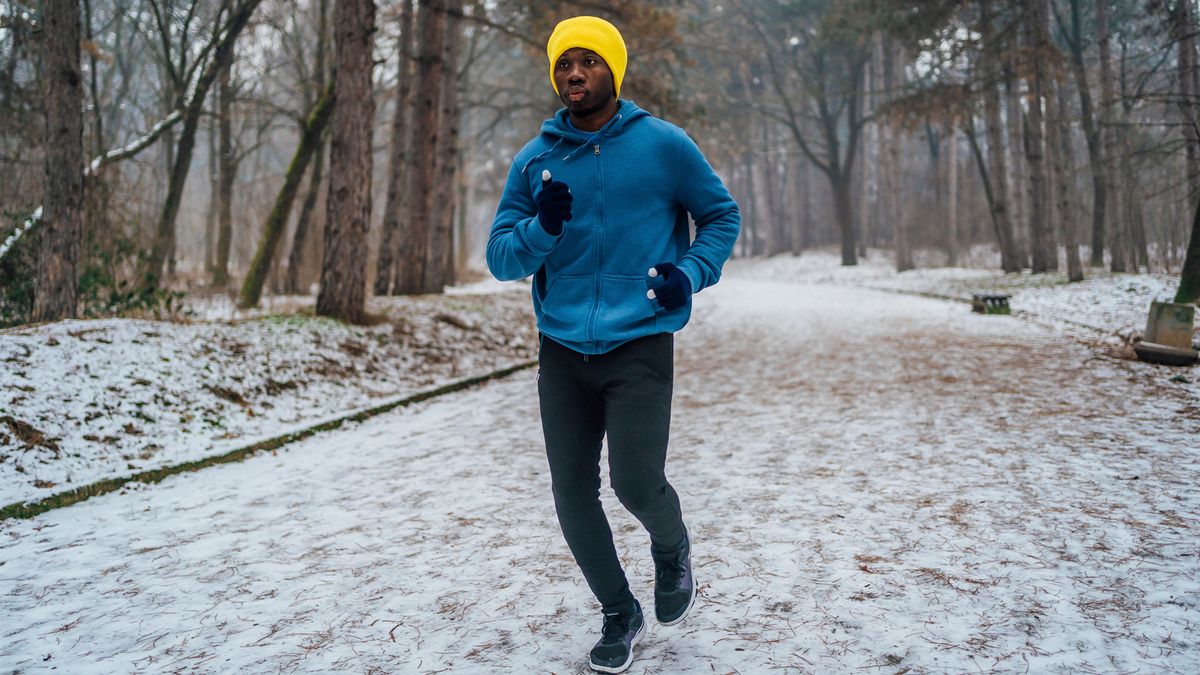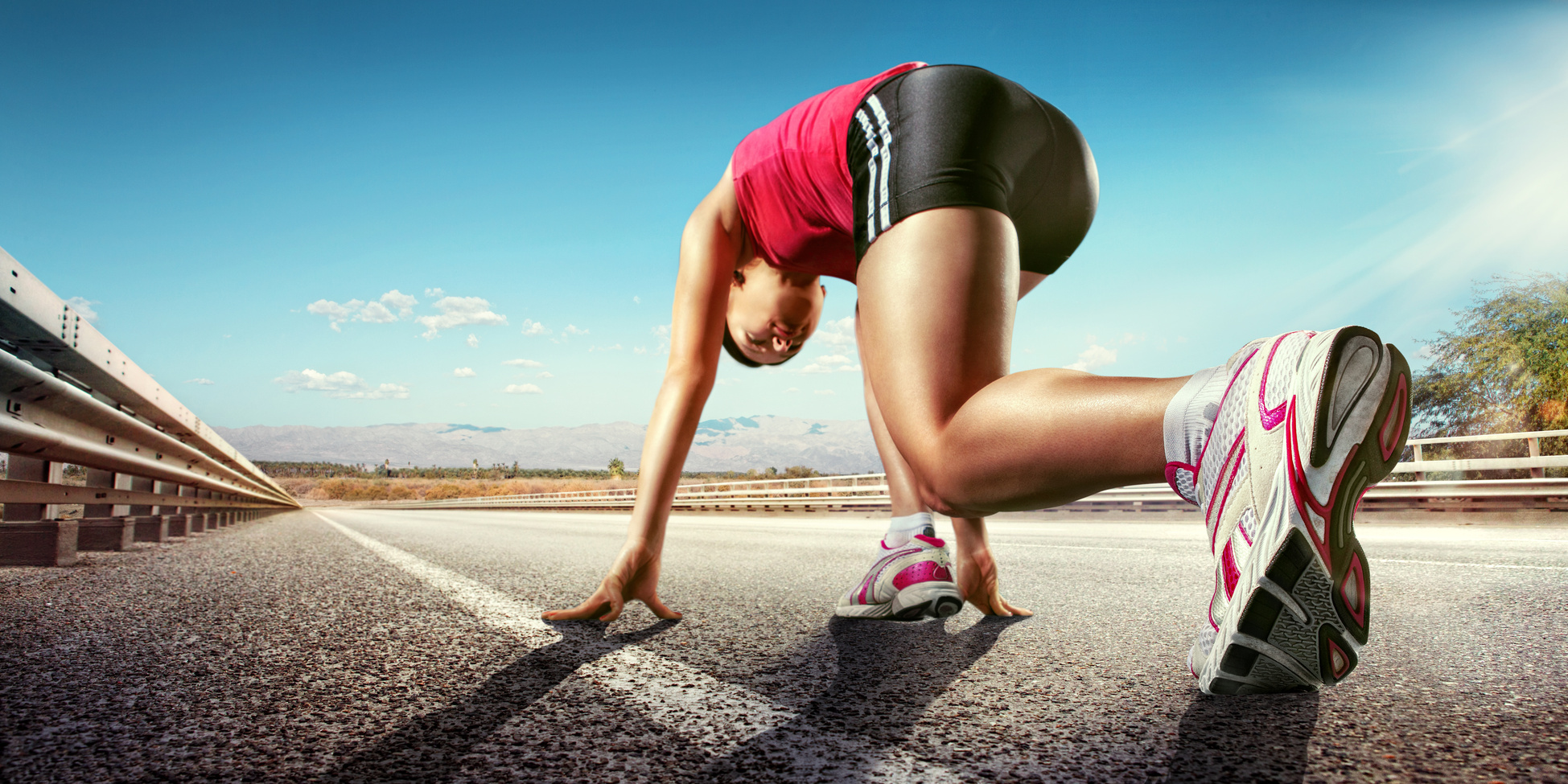
Climate plays a crucial role in athletic performance, impacting various physiological and psychological parameters. This report examines how temperature, humidity, and other climate factors can enhance or hinder athletic abilities based on recent findings.
Temperature Effects on Performance

Running performance, particularly in endurance sports, can be significantly affected by temperature. Studies indicate that both hot and cold environments present unique challenges to athletes. For example, cold temperatures can impair aerobic performance, with some research suggesting a decline of up to 5% in performance at -20 degrees Celsius[1]. Conversely, higher temperatures also exert detrimental effects. Heat stress can cause an increase in core body temperature, leading to decreased muscle endurance and shifting energy production from aerobic to anaerobic mechanisms, which utilizes energy stores more rapidly[6].
During exercise in hot environments, the body competes for limited blood flow between muscle demands and heat dissipation. In a study of marathon runners, increases in temperature from 10°C to 25°C were associated with decreases in performance time, emphasizing the significant impact that temperature has on race outcomes[4]. This correlation highlights the intricate balance athletes must maintain between performance intensity and environmental conditions.
The Role of Humidity

Humidity compounds the effects of temperature on sports performance. High humidity levels can drastically decrease the efficacy of sweat evaporation, a critical mechanism for thermoregulation. For instance, hot and humid conditions can lead to sweating that pools on the skin rather than evaporating, impairing heat loss and making exercise feel more strenuous[3]. This phenomenon explains why athletes find training in humid conditions more challenging than in hot, dry environments.
In controlled experiments, elevated humidity not only heightened core temperatures but also led to a reduction in time-trial performance by approximately 3.4%[5]. Furthermore, athletes can lose 2% to 8% of their body weight through sweating during high-intensity exercise without adequate fluid replacement, leading to dehydration and impaired exercise efficiency[6]. Proper hydration strategies are therefore crucial for athletes, particularly in hot and humid climates.
Acclimatization and Its Benefits
Acclimatization is a vital process for athletes preparing to compete in extreme climates. It involves gradually exposing the body to heightened temperatures and humidity over a period of 7-14 days. This prepares the cardiovascular system and improves sweat rates, blood volume, and metabolic responses[6]. Research has shown that even short-term exposure can yield about 70% of the adaptations needed to cope effectively in high-heat environments[3].
Training under specific conditions similar to competition climates allows athletes to enhance their heat tolerance and performance. However, athletes must monitor their intensity to avoid overheating and ensure hydration to maintain performance levels[4][6].
Cardiovascular and Physiological Responses

Climate-related stresses also affect cardiovascular function. Both high temperatures and humidity can lead to increased heart rates during exercise, indicating a higher level of exertion than might be experienced in cooler conditions. This is mainly due to the body’s need to redirect blood flow to the skin to dissipate heat, which in turn limits the blood accessible to working muscles[4][5]. As temperatures surpass certain thresholds, such as 25°C, athletes experience elevating heart rates and perceived exertion even at lower intensity levels, confirming the adverse effects of heat on performance[4].
Optimal Conditions for Performance

For endurance events like marathons, moderate temperatures often yield the best performance outcomes. Studies suggest that the optimum temperature range for marathon running is between 7.5°C and 15°C[2]. Conditions outside this range can significantly impair athletes' speed and efficiency. The interplay of air temperature, humidity, and wind speed determines the overall impact on performance; environments that facilitate better evaporative cooling can enhance endurance capabilities[1][2].
Conclusion
The interplay of climate conditions—including temperature, humidity, and acclimatization strategies—significantly impacts sports performance. Athletes and coaches must carefully consider these environmental factors when planning training and competitions to optimize performance and reduce health risks associated with extreme climates. Employing effective hydration strategies and allowing adequate time for acclimatization can bolster athletes' resilience to climate extremes, ultimately enhancing their competitive edge in diverse environmental conditions.
Get more accurate answers with Super Pandi, upload files, personalized discovery feed, save searches and contribute to the PandiPedia.
Let's look at alternatives:
- Modify the query.
- Start a new thread.
- Remove sources (if manually added).